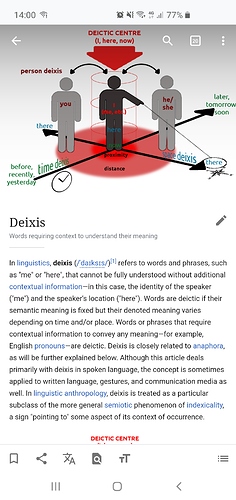It just depends on the stress in your voice. Imperatives are quite often used as questions in casual speech (Although it would sound more natural with よ appended) なになにてよ etc.
Yes, I know it is transative hence why I wrote ‘to get taught’ not, ‘to be taught’. The focus is simply on a different person. It is also important to remember that Japanese do not actually have ‘transative and intransative’ verbs. Which I think is where a lot of the confusion comes from. You’re right that a better translation would be ‘teach this to me’, but this isn’t a translation, it’s a literal interpretation. And it literally means ‘Can I get taught this?’ (focus being on the teacher), thus showing your conversation partner that you need them to do something.
Forcing english concepts into other languages is a common theme in language teaching that only serves to confuse learners. There is a bomb playlist on Japanese grammar for Japanese middle school students that I will link to this post in the next hour or so. Many of the words we use to describe Japanese grammar are poor attempts to ‘link’ Japanese and English in ways that they frankly don’t need to be linked. And in some cases, ways that are impossible to link.
Edit: I should note. Being transative or intransative is irrelevant to what え does to verbs. All it does is show that there is a ‘getter’ and a ‘giver’. The が particle just shows the actor. We can reverse the が particle but keep the same meaning across many verbs.
教える- To get taught, (Teacher requires が)
燃える- To get burned, (Burned thing requires が)
The reason the が Is different is because the thing that takes に is only temporary, there is no guarantee that the action will continue. For 燃える に would be the thing that sets it on fire, but this may be only a one or two second event, while the burning object remains alight for a long time, regardless of the spark. For 教える に is being taught, but you cannot guarantee that the に focus is actually learning/engaged in the teaching. Hence why transatives and intransatives behave very differently in Japanese.






 (as in the japanese dish). So for something like 母はお鍋いっぱいにトマトソースを作りました,it comes down to either “Mom made tomato sauce” or more literally “Mom made a pot’s worth of tomato sauce” but I’d side with the first version because how else would anyone make tomato sauce.
(as in the japanese dish). So for something like 母はお鍋いっぱいにトマトソースを作りました,it comes down to either “Mom made tomato sauce” or more literally “Mom made a pot’s worth of tomato sauce” but I’d side with the first version because how else would anyone make tomato sauce.



